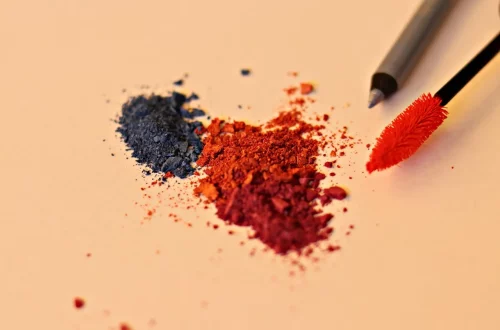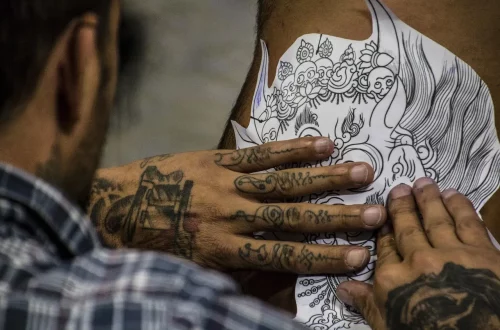
How to Care for a Cut Pad of Your Dog’s Paw Effectively
Taking care of a dog’s paw pads is an essential aspect of pet ownership that often goes overlooked. These pads serve as the protective barrier for your dog’s paws, allowing them to walk comfortably on various surfaces. However, just like any other part of the body, they can be susceptible to injury. Cuts, abrasions, and other forms of damage can occur due to rough terrain, sharp objects, or even extreme weather conditions.
When a dog suffers from a cut pad, it can lead to discomfort, pain, and potential complications if not addressed properly. Dogs rely heavily on their paws for mobility, and any injury can significantly affect their quality of life. Therefore, being proactive about paw care is crucial to ensuring your furry friend remains healthy and happy.
Understanding the anatomy of your dog’s paw pads and the common causes of injuries can help you take better care of them. Additionally, knowing how to properly clean and treat cuts will equip you with the necessary tools to respond to paw injuries effectively. This knowledge not only helps in immediate care but also fosters a deeper bond between you and your pet, as you take an active role in their well-being.
As we explore the best practices for treating a cut pad, it’s essential to approach the topic with compassion and diligence, ensuring your dog receives the care they need for a swift recovery.
Identifying a Cut Pad: Signs and Symptoms
Recognizing a cut pad on your dog can sometimes be challenging, especially if your pet is not exhibiting visible signs of distress. However, there are several indicators that can help you identify if your dog’s paw is injured. First and foremost, observe your dog’s behavior. If your dog is limping or favoring one paw, this could be a clear sign of an injury. Additionally, watch for any reluctance to walk or play, which may indicate discomfort.
Physical signs are also crucial in diagnosing a cut pad. Upon inspection, look for any visible cuts, abrasions, or redness on the paw pad. If there is bleeding, even if it is minimal, it is essential to address the injury promptly. Swelling around the affected area can also suggest an underlying issue that may require further attention.
Another sign to be aware of is excessive licking or chewing at the paw. Dogs often attempt to soothe their injuries, but this behavior can worsen the situation by introducing bacteria and increasing the risk of infection. If you notice these signs, it may be necessary to intervene to prevent your dog from causing further harm.
In some cases, a cut pad can lead to more severe complications, such as infections or abscesses. If you observe pus or a foul odor emanating from the wound, seek veterinary care immediately. Early intervention can prevent further complications and promote quicker healing.
Overall, being attuned to your dog’s behavior and physical condition is essential for effective paw care. Regularly checking your dog’s paws, especially after walks or outdoor play, can help you catch any injuries early on, ensuring they receive the necessary care promptly.
First Aid for Your Dog’s Injured Paw Pad
When you identify a cut pad on your dog, it is crucial to act quickly and calmly. First and foremost, ensure your dog is in a safe and comfortable environment. If your dog is in pain, they may be more anxious or agitated, making the situation challenging. Speak soothingly to your pet to help calm them down.
The first step in providing first aid for your dog’s injured paw is to clean the wound. Gently rinse the affected area with lukewarm water to remove any dirt or debris. Avoid using hydrogen peroxide or alcohol, as these substances can irritate the wound and delay healing. Instead, opt for a mild saline solution if necessary.
Once the area is clean, assess the severity of the cut. If it is a minor scrape, you may be able to treat it at home. Apply an antiseptic ointment designed for pets to help prevent infection. However, if the cut is deep, bleeding significantly, or appears to be worsening, it is essential to consult your veterinarian for further evaluation and possible stitching.
After applying any necessary treatment, consider using a protective bandage to cover the wound. This can help keep the area clean and prevent your dog from licking it. Be sure to monitor the bandage regularly, changing it as needed to maintain cleanliness.
If your dog shows signs of pain, you may also want to consult your veterinarian about appropriate pain management options. Never administer human medications without veterinary guidance, as some can be harmful to dogs.
In conclusion, providing first aid to your dog’s injured paw pad requires a careful and compassionate approach. Remember to keep a watchful eye on the wound as it heals, looking for any signs of infection or complications that may arise.
Preventing Future Injuries to Your Dog’s Paws
Prevention is always better than cure, especially when it comes to your dog’s health. Taking proactive measures to protect your dog’s paw pads can significantly reduce the risk of cuts and injuries. One of the primary strategies is to be mindful of the environments in which you allow your dog to roam.
For instance, avoid taking your dog on walks in areas with sharp rocks, glass, or other hazardous materials. If you live in an area with extreme weather conditions, such as ice or hot pavement, consider investing in protective booties for your dog. These can provide an additional layer of protection against harsh surfaces and temperatures.
Regular paw maintenance is also vital. Keep your dog’s nails trimmed to prevent them from snagging on rough surfaces. Additionally, check your dog’s pads for any signs of wear, such as cracks or excessive dryness. Applying paw balm can help keep the pads moisturized and resilient, further reducing the likelihood of injury.
Moreover, consider your dog’s activity levels. If your dog is particularly active or participates in agility training, be sure to monitor their paws regularly. Frequent inspections after vigorous activity can help you catch any potential issues before they escalate.
Finally, educating yourself about common paw injuries and their causes can empower you to make informed decisions regarding your dog’s care. Understanding how to recognize early signs of injury and knowing the appropriate steps to take can significantly impact your dog’s overall health and well-being.
By implementing these preventive strategies, you can help ensure that your dog’s paws remain healthy and strong, allowing them to enjoy their daily adventures without unnecessary risks.
**Disclaimer: This article is for informational purposes only and should not be considered medical advice. Always consult your veterinarian for any health-related issues concerning your pet.**




